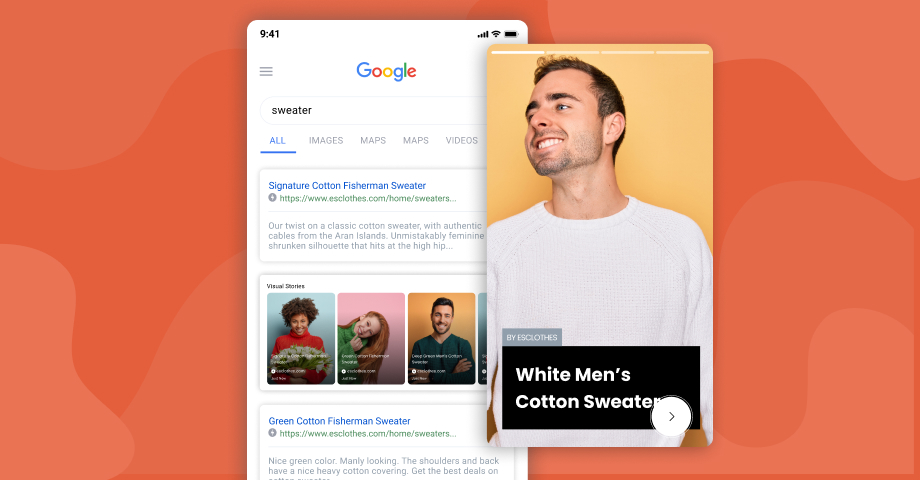What Are Google Web Stories?
 Aarif Habeeb
Aarif HabeebTable of contents

If you're looking to attract more visitors to your website, you should consider creating content for Google's web stories. These video-first, interactive pieces of content are optimized for search and easy to share with your audience. The benefits of Google web stories are obvious: they're more memorable, provide more meaningful content, and are easy to create.
Interactive, video-first pieces of content Google's Web Stories platform lets you create interactive, video-first pieces of content. They can be hosted on your own site and shared across different platforms, including apps and websites. The content can also appear in search engine results. They're primarily intended for mobile devices, but can also be viewed on desktops.
To create a Web Story, you must have an idea of what you want to say and how you intend to tell it. Google Web Stories favors video content over text, but it also welcomes audio and images. Unlike articles, Web Stories allow only about 40 to 70 words per page. Adding interactive elements and multiple story pages helps engage viewers and encourage them to read on.
Easy to create Google Web Stories are a great way to increase customer engagement by incorporating interactive elements. They can also be used to drive traffic to different channels and monetize content. You can create your own Story by following Google's instructions. You can choose from different editors and storyboard script templates. You can even add custom functionality.
You can customize your stories by adding different types of media, such as photos, videos, and other images. You can also choose the shapes and opacity of the content. Then, you can publish your stories in a few simple clicks. This way, your customers can view them anywhere on your website.
Optimized for search Google Web Stories are search-friendly articles, which include content from multiple publishers. They are displayed in a grid on Google Search, and they can be included in the search results for queries like "clubs in New York." You can also use Google Images to feature your stories, as they display as an image card. You can use the same best practices as for your website's SEO to make sure they're optimized for search.
Web stories should use metadata to describe what they are about and give the user relevant information. The metadata should be tagged appropriately for optimal compatibility with search engines and discovery features. To test if your stories are properly marked up, use the Web Stories Google Test Tool. If you want to optimize your stories for AMP, make sure they conform to all AMP specifications. This ensures that the stories load quickly and offer the best experience for the user.
Sharing If you've been planning to publish your multimedia content online, Google's new tool for sharing Google Web Stories can help you do so. It's a simple, drag-and-drop tool that comes with a huge library of images and symbols. It also offers WordPress integration and other embedding options, including iFrames. You can also export your stories to a zip file for easy sharing via File Transfer Protocol.
Google Web Stories allow you to create dynamic stories that keep your audience engaged. They have a full screen experience, so they can be enjoyed on mobile devices and desktops. They also allow you to monetize your content with full-screen ads and affiliate links. As a content marketer, you can easily integrate Google Web Stories into your content marketing strategy.
Monetization There are two primary methods of monetizing Google Web Stories: Ad networks and display ads. The former allows you to insert a Google Adsense ad into the content, and the latter pays you whenever someone clicks on one of your ads. To use Adsense, you need an approved domain and Adsense account. The second method involves the use of third-party ad networks. These networks pay you for displaying their ads on your site or mobile app.
Firstly, the monetization of Google Web Stories has several advantages. Story Explorers are stand-alone pages that contain a player and a carousel. These can be surrounded by standard ad components. Secondly, Story Carousel enables visitors to browse through stories and play them by clicking on it.
Subscribe to my newsletter
Read articles from Aarif Habeeb directly inside your inbox. Subscribe to the newsletter, and don't miss out.
Written by

Aarif Habeeb
Aarif Habeeb
I am a Technical Content writer. IoT writer of the Year by hacker Noon 2020. Hire me for Technical article writing.